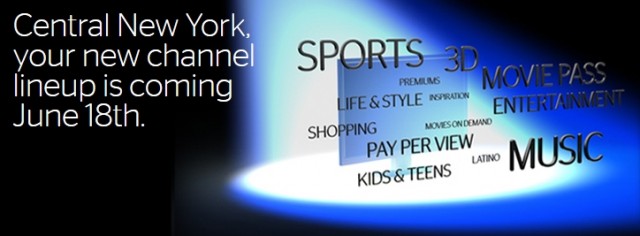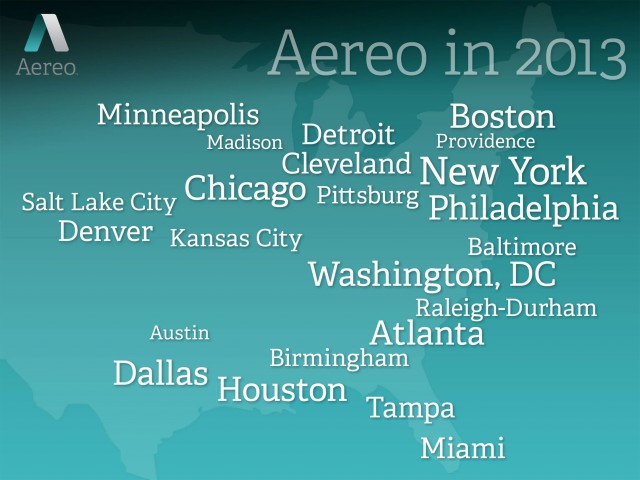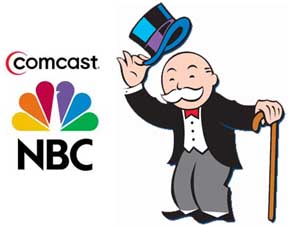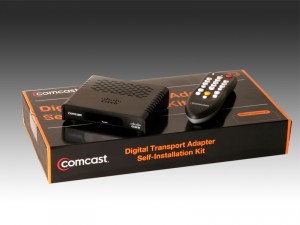 Back in the fall of 2010, British billionaire Alki David fired a salvo against major broadcast networks in the United States and United Kingdom with the introduction of FilmOn, an online cable system offering unlimited viewing of broadcast networks from both countries for around $10 a month. By early 2011, lawsuits from various networks forced the removal of the most-watched channels, and most of the incentive for subscribers to keep paying for the service.
Back in the fall of 2010, British billionaire Alki David fired a salvo against major broadcast networks in the United States and United Kingdom with the introduction of FilmOn, an online cable system offering unlimited viewing of broadcast networks from both countries for around $10 a month. By early 2011, lawsuits from various networks forced the removal of the most-watched channels, and most of the incentive for subscribers to keep paying for the service.
But David has never given up on FilmOn, and borrowing a page from Aereo’s business plan, he has brought back most of the major American networks on his relaunched platform, dubbed AereoKiller.
The company claims it is now using individual over-the-air antennas to receive broadcast stations from the New York or Washington, D.C. area, selling 24/7 streaming access for $9.99 per month or $99 a year. DVR service is sold at prices ranging from $2.95 a month to $190 a year, depending on the number of hours recorded.
Among the stations included:
New York
 WCBS (CBS)
WCBS (CBS)- WNBC (NBC)
- WNYW (FOX)
- WABC (ABC)
- Bounce TV (via WWOR subchannel)
- WPIX (CW)
- WNET (PBS)/WNET-Kids
- WNJU (Telemundo)
Washington, D.C.
 WRC (NBC)
WRC (NBC)- WTTG (FOX)
- WJLA (ABC)
- WUSA (CBS)
There seem to be no geographic restrictions to prevent out of area viewers from subscribing, and FilmOn offers viewing on the desktop, as well as through iOS and Android apps.

David
FilmOn may have avoided streaming west coast stations because a California court found in favor of broadcasters who sued to shut down the operation three years earlier. But it ultimately will not keep David’s upstart service out of the courts in the east.
Last week, three major television networks and Washington, D.C. station owner Allbritton Communications filed suit against FilmOn for streaming signals from the nation’s capital without permission.
Based on the track record of earlier ventures, customers may want to avoid subscribing at the annual package price. Historically, broadcasters have fought and won temporary restraining orders that block the streaming services until the case makes its way through legal proceedings. Aereo, which streams New York area television stations exclusively to New York City customers has proven the exception and continues to run, at least for now.
Broadcasters consider stopping “dime-sized” antenna farm streaming services like Aereo and AereoKiller a top priority, because networks and local stations earn lucrative retransmission consent rights fees from cable, satellite, and telco-TV providers used by at least 90 percent of the viewing audience. Should these alternative technologies be found legal and not in violation of copyright, pay television providers could potentially license and incorporate similar technology into their respective set-top boxes and avoid paying license fees to station and network owners.
[flv width=”640″ height=”380″]http://www.phillipdampier.com/video/FilmOn Introduction 5-13.mp4[/flv]
FilmOn’s introductory promotional video features some boastful claims from founder Alki David that are perhaps more wishful thinking than reality, but PlayOn has persisted despite broadcaster lawsuits by creating and distributing original live and recorded programming. (8 minutes)


 Subscribe
Subscribe Time Warner Cable customers in Central New York will be the first to test the cable company’s newest plan for a nationwide channel realignment that will move almost every cable channel into a new “theme-based” lineup.
Time Warner Cable customers in Central New York will be the first to test the cable company’s newest plan for a nationwide channel realignment that will move almost every cable channel into a new “theme-based” lineup. Time Warner Cable has used a theme/genre-based channel lineup for several years, but new or renamed networks have occasionally turned up in unexpected places. The increasing prevalence of HD networks has also made a mess of things, with some markets featuring HD basic cable networks nestled between premium movie channels. The channel realignment is designed to “simplify” things.
Time Warner Cable has used a theme/genre-based channel lineup for several years, but new or renamed networks have occasionally turned up in unexpected places. The increasing prevalence of HD networks has also made a mess of things, with some markets featuring HD basic cable networks nestled between premium movie channels. The channel realignment is designed to “simplify” things. If the Federal Communications Commission allows Charter Communications to deploy a new, enhanced encryption system for set-top boxes that will allow it to scramble any or all of its video channels, it will offer broadband service up to 100Mbps to at least 200,000 additional homes within two years and transition every Charter Cable system in the country to all-digital television service.
If the Federal Communications Commission allows Charter Communications to deploy a new, enhanced encryption system for set-top boxes that will allow it to scramble any or all of its video channels, it will offer broadband service up to 100Mbps to at least 200,000 additional homes within two years and transition every Charter Cable system in the country to all-digital television service.


 Limited Basic customers with no set top boxes in their homes will be eligible for up to two DTAs (standard definition digital signal adapters), at no charge for two years (five years if you also receive Medicaid),
Limited Basic customers with no set top boxes in their homes will be eligible for up to two DTAs (standard definition digital signal adapters), at no charge for two years (five years if you also receive Medicaid), 